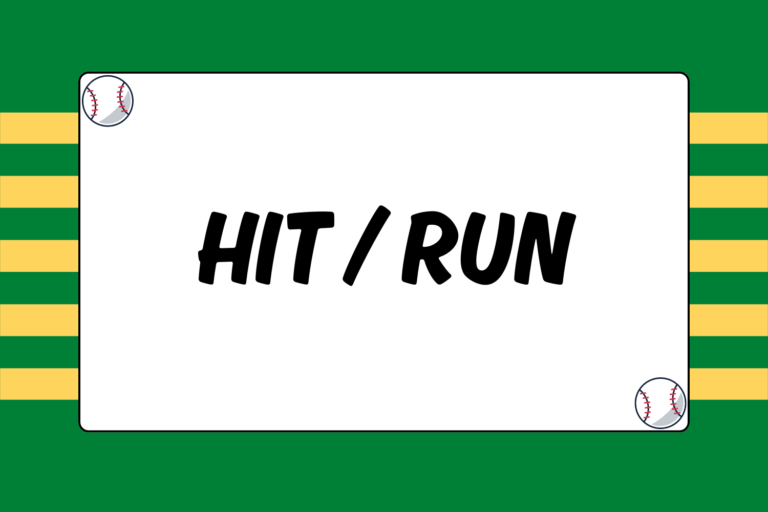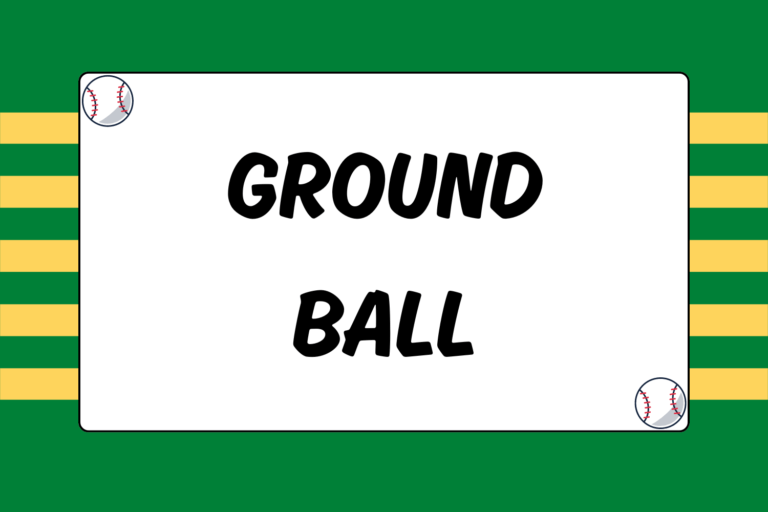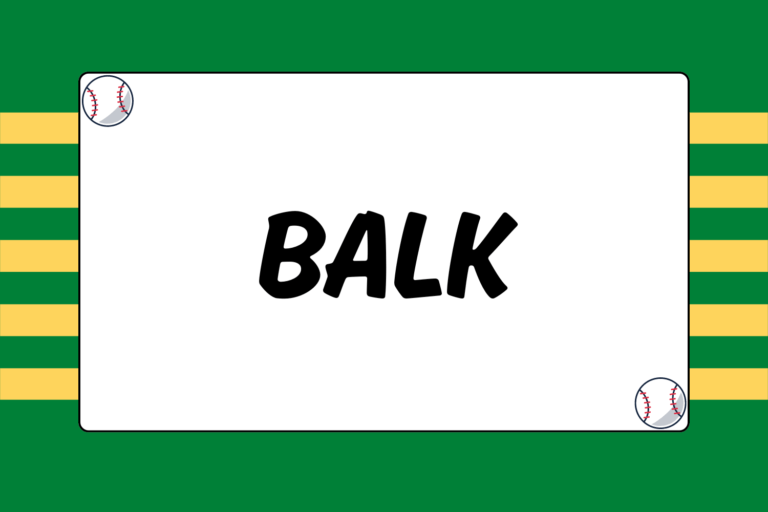One of the biggest challenges for a youth baseball coach is getting your kids to be enthusiastic about practice. Mostly, young players just want to hit, pitch and play games; they’re not nearly as interested in practicing defense, doing repetitions or learning fundamentals. However, you would be doing your kids a disservice if you didn’t try to help them become better baseball players. Plus, using practice time effectively will give your team a better chance to win games, and everyone likes to win!
Most youth teams only get to practice between one and three days per week (if at all) depending on game schedules and field availability. Because of that, you have to take advantage of the time you get. So the question remains: How do you cover all of the game’s fundamentals while holding the interest and attention of every player on the team?
One solution is to employ some practice techniques that are a little more fun than the usual routine of ground balls, fly balls, and batting practice. This guide outlines a few drills and games that you might find effective for youth baseball practices.
The Line Drive Game (Points)
Anytime you can turn something into a game, kids will be exponentially more likely to latch onto it. The Line Drive game, for lack of a better title, is basically just batting practice. The difference is that it’s batting practice with a winner! The way the game is played is that each player gets a turn to bat with the rest of the team playing in the field. Depending on how much time you have, you can give each hitter a few warm-up pitches. Beyond that, every player gets five swings.
A hard line drive is worth five points; a really hard grounder or a deep, well-struck fly ball is worth four points; a softer line drive or a fairly hard ground ball is worth three points; a routine ground ball or fly ball is worth two points; a weakly hit ground ball or a pop up is worth one point; and a swing-and-miss or foul ball is worth nothing.
These point values can be amended based on the ability level of your players, but ultimately, the goal is to get them working on hitting line drives. The player with the most points after five swings in the winner. If you have more time, a fun wrinkle can be to give everyone two or three rounds and keep cumulative points, or to have the top five point totals from the first round compete in a final round.
Consecutive Clean Plays
The turning-normal-practice-drills-into-a-competition rule applies in this case, as well. Instead of hitting dozens of ground balls and fly balls or going through your usual infield-and-outfield routine, there’s an easy way to help your players focus. See how many consecutive plays the team can make cleanly, and keep track of their longest streak.
A clean play can involve virtually any aspect of defensive practice: An outfielder catching a fly ball then hitting the cut-off man or making a throw to a base; an infielder fielding a ground ball, making a clean throw to first base, or turning a double play; a catcher making a throw to a base; and a pitcher fielding a bunt, or covering first base on a grounder.
Every clean play counts as one, and you keep counting until someone makes an error. The more you do it, the better the kids will get. The only snag can be if the players get frustrated and disparage each other for making mistakes. Make sure they keep a positive attitude and support one another!
Fun Fact
It was June 2, 2009 when New York Yankees catcher Jorge Posada did something no Yankee had done in nearly three weeks: He made an error. An errant throw into center field brought an end to the Bronx Bombers’ major league record errorless streak of 18 games. During that span, New York posted a 14-4 record and converted 660 consecutive defensive chances without a miscue. Five months later, the Yankees won their 27th World Series championship.
1-1 Count Scrimmage
There is only so much value in taking ground balls off a fungo and hitting in the batting cages. Those drills are great for developing fundamentals, muscle memory and repeatability, but they are not the same as real game action.
As a result, it can be useful to spend practice time replicating game situations. Among the drawbacks of a traditional scrimmage or intrasquad game are that they can take a long time, players only get a few at-bats, and someone has to pitch. This version of a scrimmage solves all those problems. A coach pitches from behind an (setting up closer to home plate to save his arm, if necessary), and throws fastballs, change-ups and breaking balls to the hitters, simulating game pitching as much as possible.
The team is split up into two sides, and you play it like a normal game in that you keep track of runs scored and switch after every three outs. Each hitter starts his at-bat with a count of 1-1, and is basically encouraged to swing at the first good pitch he sees. This way, at-bats and innings are quick, and everyone gets more reps in the field and at the plate.
You also get all the same advantages of a real game: Your hitters get to see actual pitches (instead of batting practice speed fastballs, and without tiring your pitchers out) with an actual defense in the field, and your fielders get to practice against live batted balls with runners on the bases.
Live Bunting Drill
By now you may be catching on to a pattern in these practice techniques, that being that they move fast and are designed to simulate live-game action. It can be easy for young players to lose focus during slower, more monotonous drills and to go through the motions and not really gain much from the practice. For example, you can teach your players what to do when the opposing team bunts, and you can have your hitters practice bunting during batting practice.
However, both of these drills may not be particularly helpful when it comes to defending and executing a bunt at game speed. So here’s a drill that helps practice both the offensive and defensive sides of the bunting game. Send your infielders out to their positions (including the catcher), and your pitchers to the mound. Everyone else gets a helmet and a bat. The pitchers and hitters both take turns.
The pitcher’s job is to throw a strike, while the batter bunts the ball and runs to first, and the defense reacts to record an out. Depending on how complex your bunting game is, this allows the batter to work on bunting the ball to a particular side of the field, and the fielders to work on their communication, defensive rotation, and potentially getting an out at the lead base.
This drill is particularly effective because it helps the pitchers practice throwing a strike when a real hitter is standing in the box and squared around, and also helps the pitcher become a fielder when the ball is bunted. It helps the hitters practice bunting against live pitching, which is much more difficult than doing it in BP. Finally, it helps the fielders learn where they should be when a ball is bunted, and go over the communication process that comes during a bunting situation.
Live Ground Balls
This is another technique that is effective because it involves everyone and moves quickly. It’s also a pretty straight-forward drill. Send your infielders out to their positions and have everyone else hit. Set up the L-screen in front of the pitcher’s mound and have a coach pitch (BP speed) to the batters. The batters are encouraged not to take pitches in order keep the drill moving. More importantly, they are encouraged to hit ground balls. No matter where the ball is pitched, they should be trying to hit the ball on the ground.
The infielders play every ball live, fielding it and making a throw to first base, or turning a double play if you choose to mix that in. Each hitter gets one swing, and then the next guy jumps in. Everyone will have a chance to hit several times. And in addition to providing game-speed fielding practice, this is a good drill for getting the batters to concentrate on getting on top of the ball and developing level swings.
There is no penalty for a grounder or a line drive that gets through the infield, but if a batter hits a fly ball to the outfield, he has to run and pick up the ball. After a few sprints to the outfield and back, your hitters with be focused on hitting grounders whether they want to or not!
Make It Enjoyable
When it comes to youth baseball, the ability to make out a lineup and call the right plays during games is not what makes you a good coach. The ability to win games doesn’t even necessarily make you a good coach. What matters is that you teach your kids the right way to play the game, you help them become players, and you make it so they love coming out to the field. Most of this is accomplished during practice. If you can create an environment in which the kids learn and improve and still have fun playing, then that’s what makes you a good coach.





